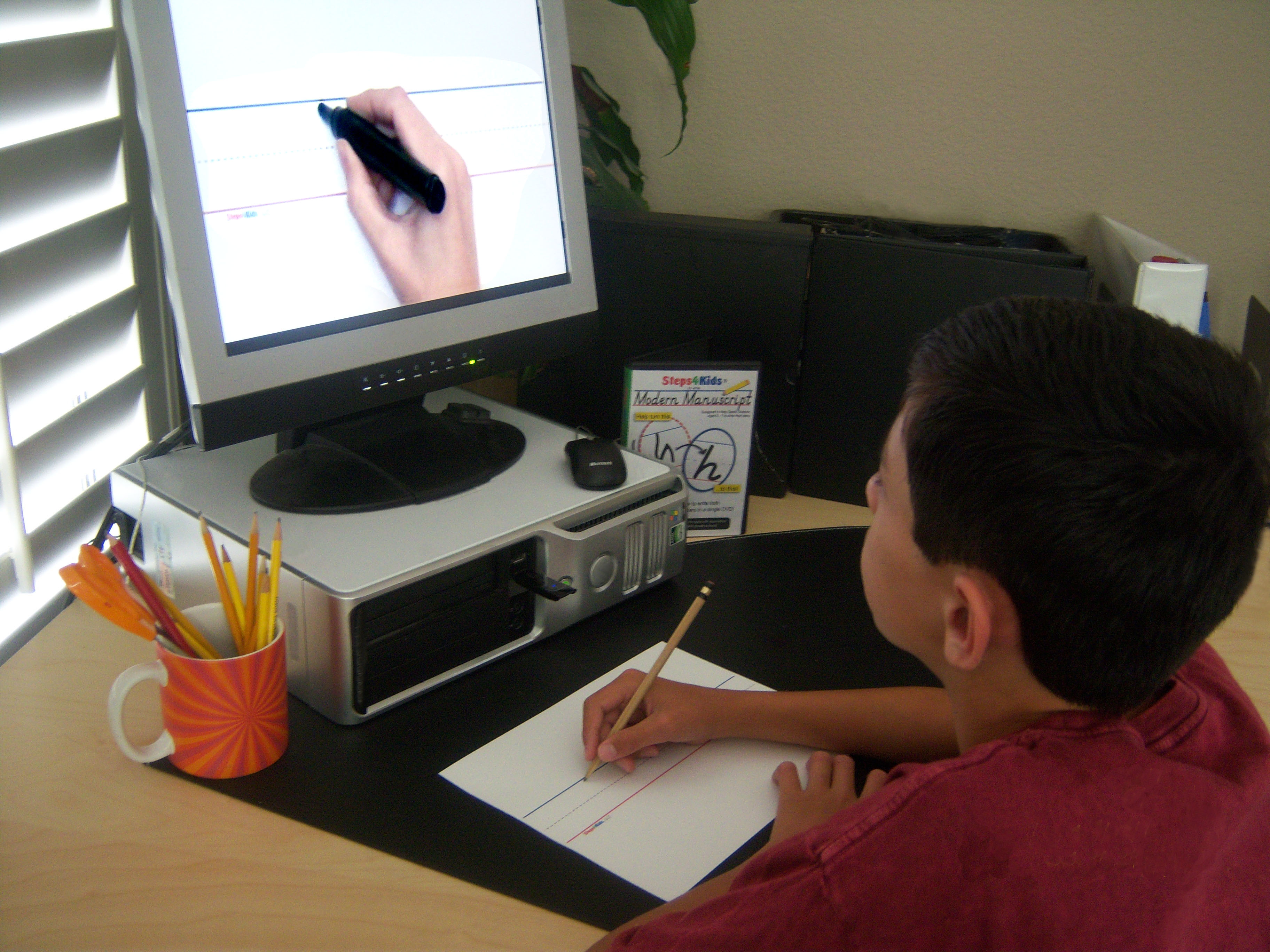"Students who have cognitive disabilities, autism, and/or multiple disabilities often have difficulty with self-management and personal organization. Their lack of these skills has been successfully addressed through the use of visual supports..." (Dell, A.G., Newton, D.A., & Petroff, J.G.). That being said, the purpose of this blog post is to alert educators and parents of the various technology out there to provide visual supports to the children in their life who need it!
Technology To Provide Visual Supports:
- iPromps (HandHold Adaptive): A iPhone, iPod Touch and iPad app. iPrompt "presents picture-based prompts that been configured by teachers and parents to help students stay on task and transition between activities. The app provides hundreds of stock photos and allows users to add digital pictures from their iPhone's build-in camera" (Dell, A.G., Newton, D.A., & Petroff, J.G.).

The iPrompts app. - First-Then (Good Karma Applications): In addition to using picture to create a schedule for the child, the First-Then app provides "the option to record messages linked to each picture. he messages can be an audio version of the visual prompt or it can provide audio reinforcement" (Dell, A.G., Newton, D.A., & Petroff, J.G.).

The First-Then app. - Picture Planner (Cognitopia): This app was created especially for students with cognitive disabilities. Using this app, the students can make their own personalized picture schedules on the computer. These schedule can either be printed or viewed on a cell phone! "The program provides line drawing symbols (student can also import photos of familiar people and objects) and text-to-speech feedback. Activity sequences can also be made using video clips on the iPod Touch" (Dell, A.G., Newton, D.A., & Petroff, J.G.).

Picture Planner. - iCommunicate, Boradmaker, Pogo Board and PowerPoint: All of these computer programs can be used to make social stories. Social stories are "teacher-(or parent-) authored short stories that are written to help a student who has autism learn the "social information he may be lacking"(). This app addresses skills such as "reading body language, looking at situations from another person's perspective, and responding in socially acceptable ways" (Dell, A.G., Newton, D.A., & Petroff, J.G.).

The iCommunicate app. - Video Modeling: Video-based social stories. "The topics of the videos were crossing the street, shopping in a grocery store, and going to a restaurant" (Dell, A.G., Newton, D.A., & Petroff, J.G.).

Video Modeling.
Social skills are life-long important skills. It is very important to be able to be in a social situation and understand how you are supposed to act. It is also important for safety reasons, such as understanding how to cross the street and knowing how to act there is ever a fire-drill. As educators, we want to do everything possible to make sure that the students in our classroom are provided with these visual supports to help teach them the social cues that they may be lacking!
No comments:
Post a Comment